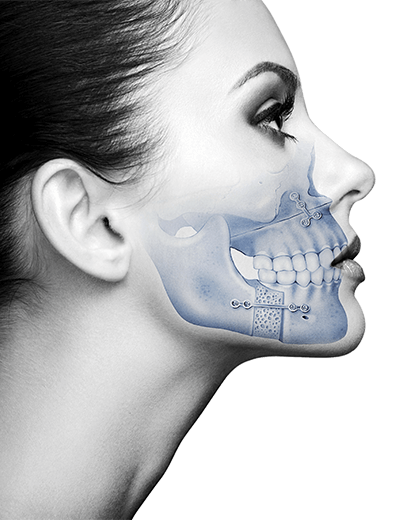In a significant proportion of cases, bone availability is insufficient to allow implant placement. One solution is to collect the patient's bone from a different location (autogenous) and graft the area to augment. Even today this is one of the most commonly used procedures. However, it is time consuming, technique sensitive, and requires extra training. It may also cause morbidity, which can lead to poor patient acceptance when this technique is used.
Interestingly, the availability of different biomaterials from different sources has increased the acceptance of advanced surgical treatments previously refused. The limitation of the quantity of bone available from the donor site has also been overcome, since biomaterials can be almost limitless.
The materials have been subjected to countless animal and human studies that have proved the efficacy, biocompatibility, and other properties suitable for the regeneration of lost hard and soft tissue. An enormous choice of biomaterials has burst onto the market making it difficult for the practitioner to decide on the best and most appropriate for the procedure being performed.
This chapter explains the available biomaterials and their properties, to aid selection of the most appropriate. This includes clinical examples, where the use of one type of biomaterial may have advantages over others.







